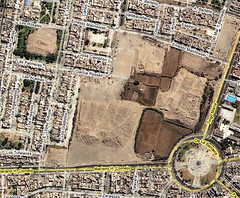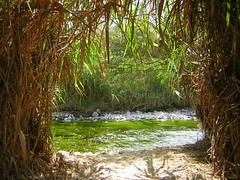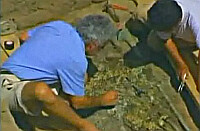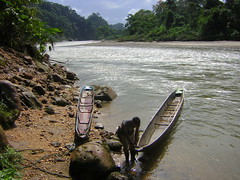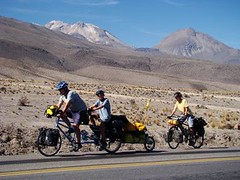Lady of Pacopampa: A woman born to rule
After three years of work in the town of Pacopampa, a team of archaeologists led by Yuji Seki have found the outlines of an ancient temple that would have formed part of a larger complex located 20 minutes from the modern town of the same name. But far more impressive is what they’ve found buried inside the temple. The team discovered the tomb of a woman, whose social position quickly became evident.
On the highest terrace of the San Pedro mountain in what is today Chota in Cajamarca, the birth of a girl began what was to be a new episode of the Formative Period some 3000 years ago. Born in the archaeological complex that we now call San Pedro de Pacopampa, the healthy baby girl would be raised to one day lead her people.
This is the conclusion arrived at by Yuji Seki, lead archaeologist from the National University of Ethnology in Osaka, Japan. When his team found this tomb of an elite woman, they also found details that shine new light on this little-studied period of history.
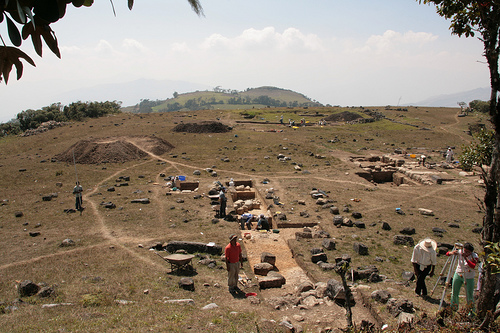
Site of the Pacopampa temple
The process to recover the remains was long and arduous. It was during this time that Seki realised there was a detail that confirmed a hypothesis he had made five year earlier when he began his investigations in this part of the northern Peruvian Andes.
With help from his colleagues back in Japan, he discovered that the Lady of Pacopampa had a deformation in the back part of her skull, as well as other mysterious elements such as a bluish substance and cinnabar – usually found in the burials of the most important rulers of ancient Peru.
According to Kazuhiro Uzawa who studied the skull deformation back in Japan, the deformation was clearly pre-planned and deliberate. To do it, from the first days of life, planks of wood would have been tied to her head. The investigator explains that the deformation process ended when the girl was around 3 years old.
This discovery excited Seki, it confirmed his views following the effort to study the development of political power during the period of 1000B.C. It was a great find because it was only until recently that it was thought that during this period there exited no divisive social classes. The presence of this person is further, even conclusive proof that there indeed were.
“In every step of the investigation I was thinking about my hypothesis; that an elite class did indeed exist. When this tomb appeared it served to prove what I had always known”, he told El Comercio newspaper recently.
He is certain that the girl born 3000 years ago was destined from birth to be the leader of their society, something that did indeed happen when she reached adulthood.
“We don’t know if she was a queen or just a tribal leader, or if she performed as some sort of advisor or high priestess religious figure”, he explained.
The excavation of the tomb, if alone not an event special enough for the Japanese archaeologist, actually took place the night before and on the day of his birthday. He and his team spent 50 hours surviving the cold temperatures of the Cajamarca Andes, his team only stopping briefly to toast the event.
They discovered the tomb when a single large rock was found beneath the temple’s main platform. It was just one of various rocks covering the tomb deep below. After removing them all, they could see the unmistakable shine of gold.
Found were 20cm long gold earrings with feather designs along with many beads. The leader would have died aged 30 or 40 years. Based on her teeth, height and bone structure she would have had a different diet from ordinary people, measuring 1.55metres while the average male of the time measured 1.5m.
During months of work, the team found five other tombs around the area, but only one was of the elite class, revealing that she was unusually important.
According to the Japanese archaeologist, it was once thought that the first Andean societies during this period were egalitarian and no elite class existed, that kingdoms and nations states with such elites came afterwards. However, according to these recent findings, and the work done over past decades at another ancient site investigated by the Japanese, the site of Kuntur Wasi, it is now estimated that from the middle of what is called the Formative Period, a group of elite existed that directed activities of the people and the ceremonial activities in the temples.
Seki explains that the Pacopampa discoveries show that a tendency towards social inequality had begun to form at least as early as 900B.C.
Tags: cajamarca, kunturwasi, pacopampa, ruins, tombs



